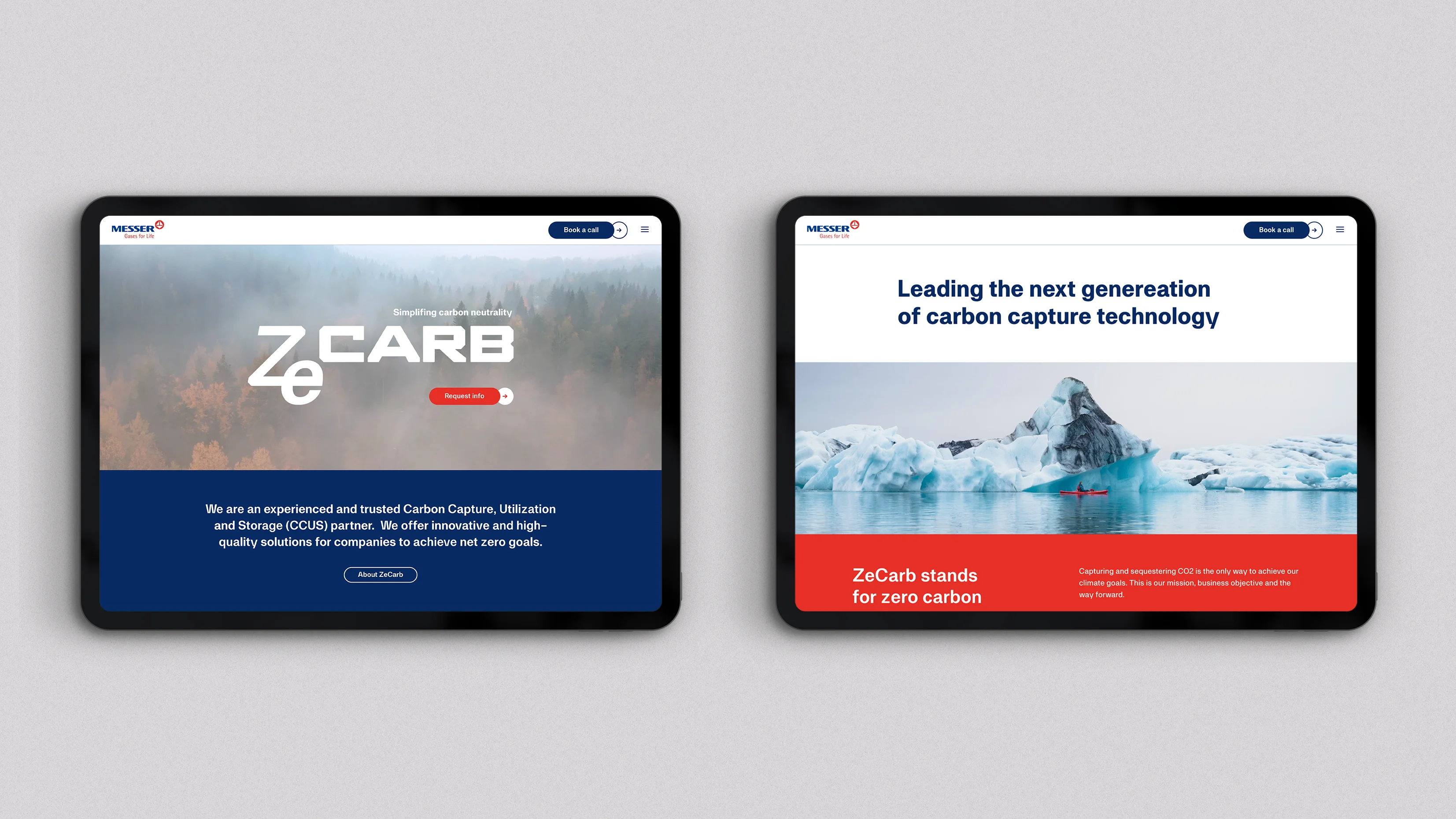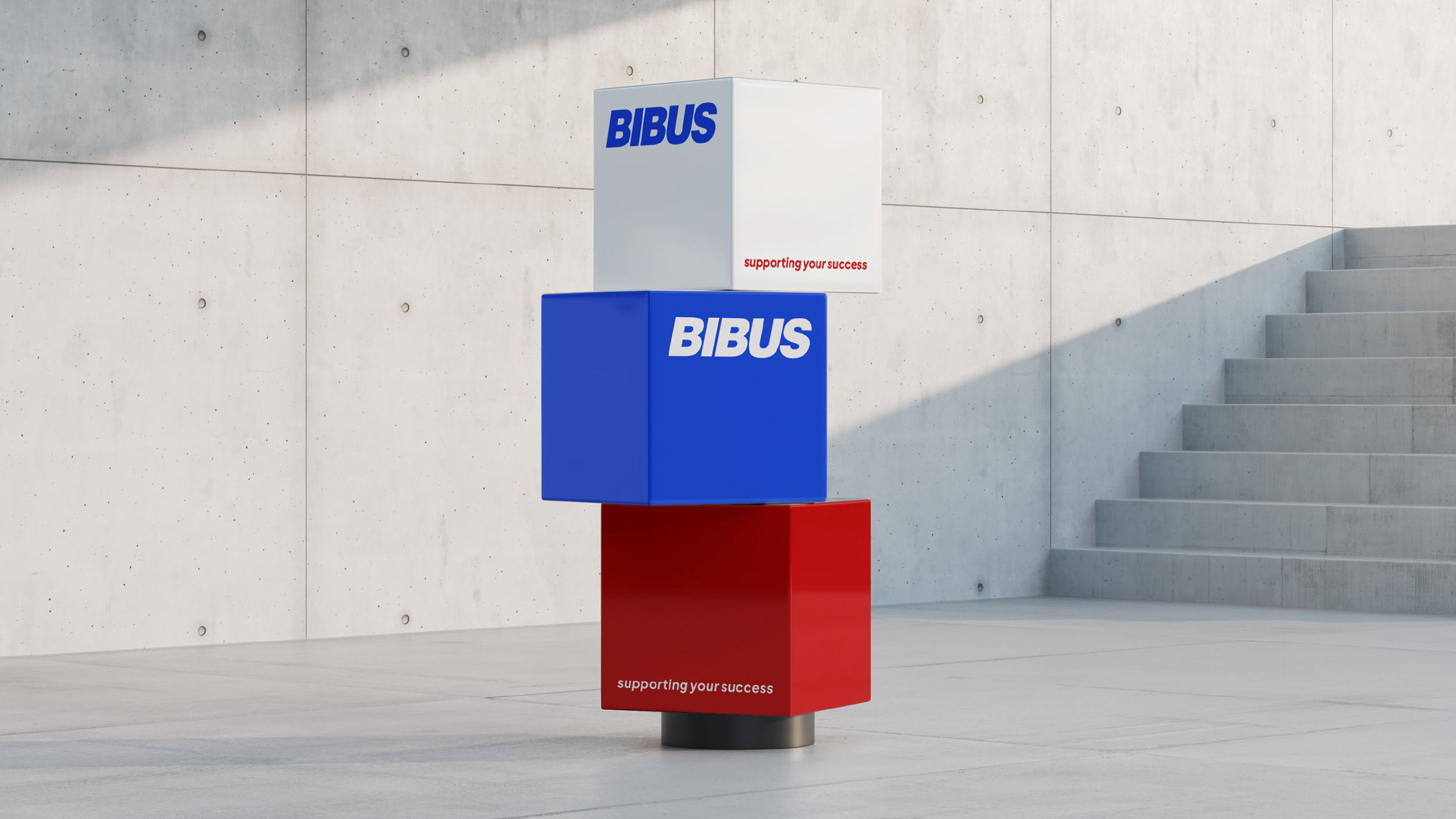Know how
Efficient cultural marketing in just 3 steps
Hugo Vuyk | 15. December 2022 | 3 min reading time
How do cultural institutions succeed in designing touchpoints and messages with the greatest possible effect? Our recommendations in 3 steps.
For more than fifteen years, Crafft has been advising cultural institutions such as the Kunsthaus Zürich, the Zürcher Theater Spektakel, various Zurich museums and the Theater Casino Zug. One of the biggest challenges here is to spread messages across different channels. And to do so in such a way that are effective and rewarding for the brand. Be it through content on the website, through social media, through user experience or through design. Cultural institutions need to adapt their communication to the respective channels and convey content that is relevant to the target group.
These touchpoints and messages should be designed as effectively as possible to maximize their impact. Here are our 3 steps towards success in this field:
Step 1: Attract
The basic prerequisite for effective external communication is to be clear about the message. The following questions should be asked:
-
What do we offer?
-
What do customers receive?
-
What do we do better than others?
This leads to this follow-up question: What do we as an institution want to say to our target group?
Another important point is to pay attention to consistency. Both in frequency, in content and as well as in the tone of the message. And this in combination with creative as well as intelligent implementations. If the communication is consistent, it ensures recognition and gradually builds a brand reputation – attraction.
What does this look like in practice? In our collaboration with Theater Casino Zug, we held several workshops where all the responsible parties congregated around a table to collect ideas, discuss and eventually agree on the most optimal communication concept.
Step 2: Engage
The task now is to optimize communication in line with the defined messages and values. The following questions arise:
-
How do we address customers?
-
What content is important to them?
-
How do we communicate our competencies?
Most specifically: How do we as an institution want to address our target group?
It is important here that the entire team (Institution and communications agency) agree on the type of the channels - both technically and in terms of content. Specifically, this means selecting which channels will be used for which messages and who is responsible for the preparation and management.
One of the goals of these messages is engagement. The target group should respond to our communication. This succeeds when a cultural enterprise generates content that appeals to the target group on the one hand and continuously optimizes the user experience on the other.
Step 3: Convert
The third step is about marketing and amplifying the messages:
-
How do we spread our messages properly?
-
What differentiates us from our competitors?
-
Why should customers buy our product or use our service?
This leads to the following question: How do we ensure that our target group receives our messages?
No matter how cleverly a message is written, if the target audience does not read it, it is of no use. Tools like SEO and SEA, social ads, networking, and influencer collaborations can help disseminate the messages and get the brand out there.
To conclude, decisive for successful communication is collaboration and exchange with all parties involved. That means: internally, between the client communications agency, but also externally with the customers. Only in this way is it possible to react to the rapidly changing environment and constantly updated business agendas. And what always applies to all communication measures: Test. Analyze. Optimize. Repeat.






